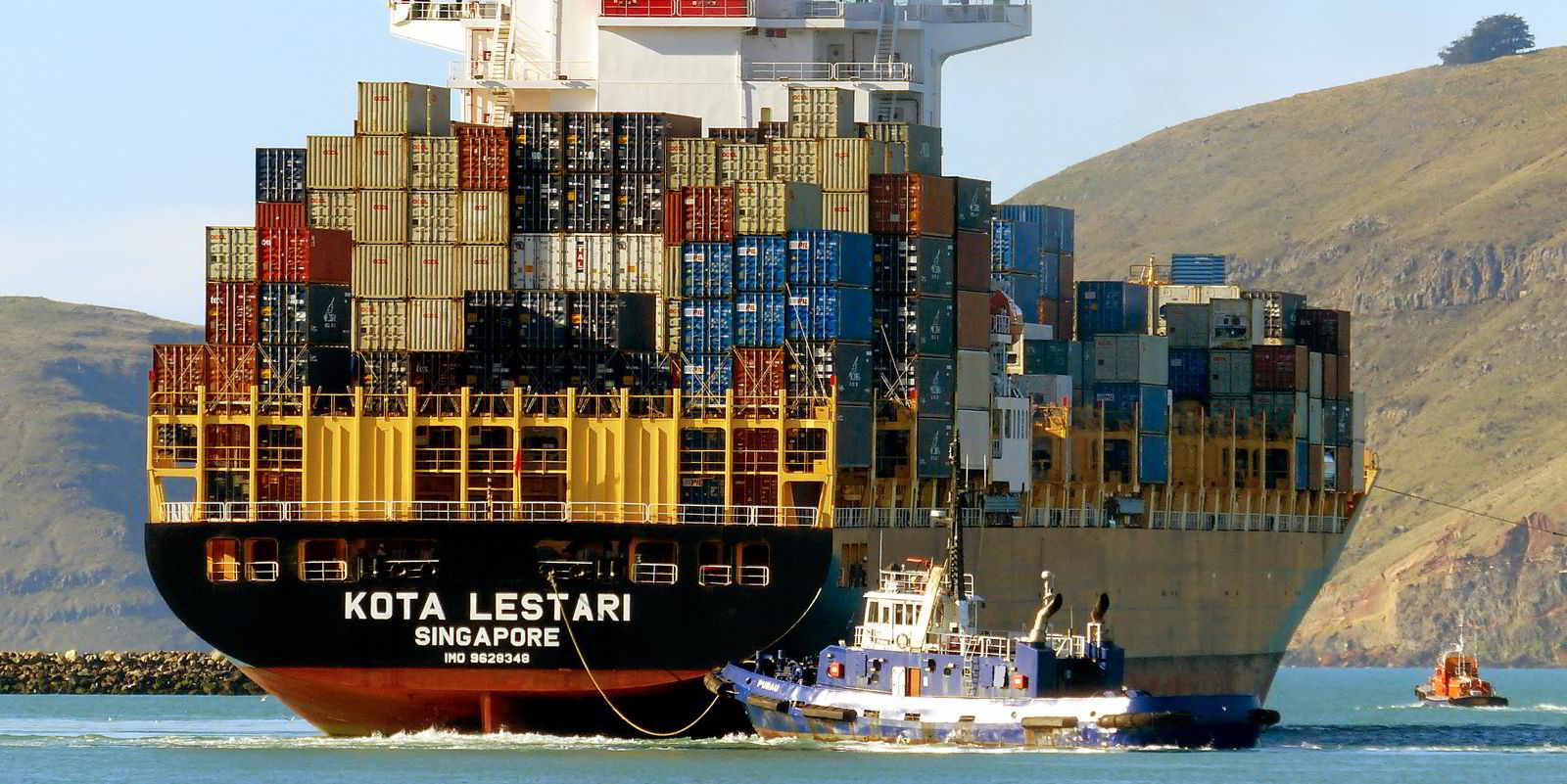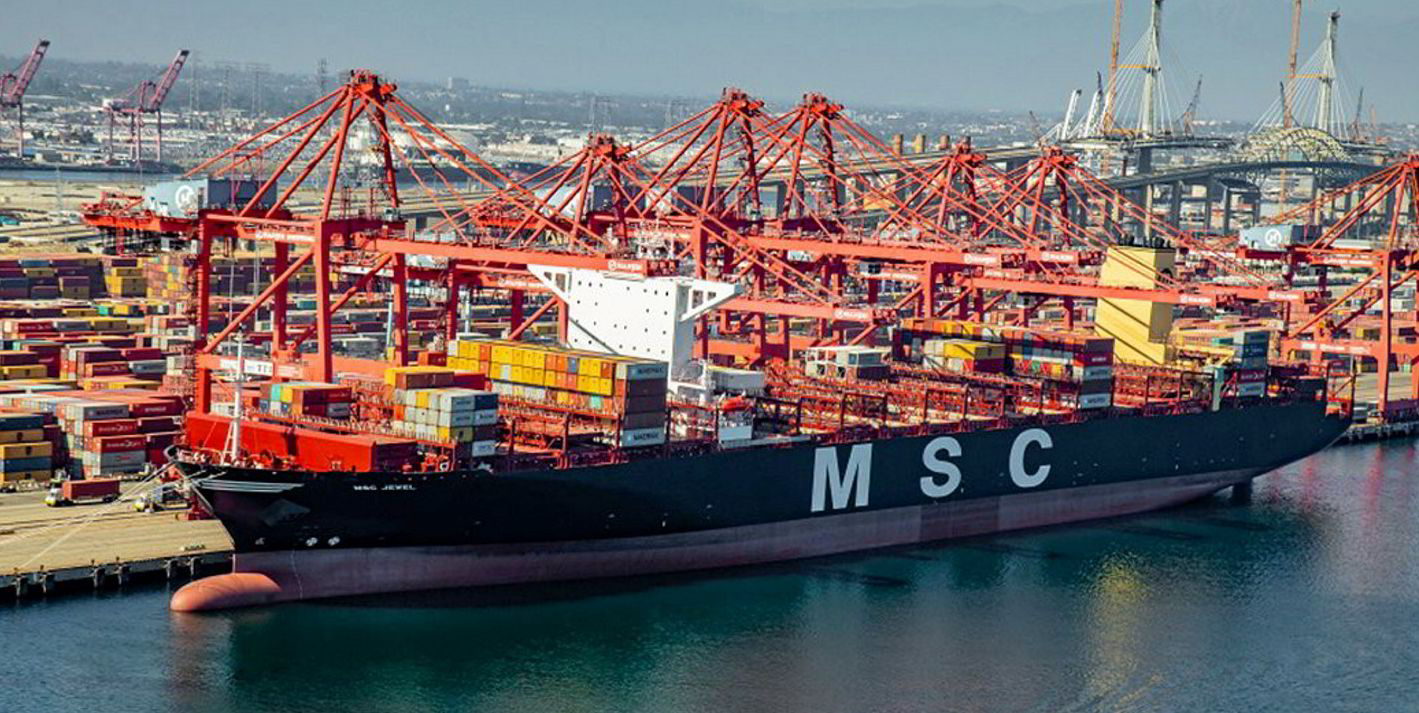Container charter markets have seized up and deals are failing as lines fret over the economic impact of the war in Ukraine.
The number of fixtures dropped to a handful in recent days, forcing charter rates down for the first time in four months.
Fundamentals remain strong due to a shortage of container ships but the frenzy of liner operators seeking to take ships at any cost has gone, brokers suggested.
The New ConTex, which reflects six to 12-month charters for vessels of 1,100 teu through to 6,500 teu, registered its first decrease in 18 weeks.
The drop was small, just 0.9% for the week ending 31 March, but was spread across all sizes and periods.
That reflects a shift in sentiment that has affected the secondhand market, where lines are also proving more circumspect.
PIL relets
The small number of fixtures to emerge in recent days have been in the small to midsize container sector.
Singapore-based Pacific International Lines is said to have fixed the 4,250-teu Kota Lukis (built 2010) for four years to South Korean operator SM Line.
The vessel is reported to have been slated for delivery in May at rates in the region of $51,000 a day, according to brokers.

The charter was concluded after the 4,252-teu Seaspan Dalian (built 2002) was fixed for three years at $60,000 per day, they added. That vessel was for delivery in the first quarter of 2023, brokers said.
More shorter period deals are likely to emerge as “the market takes time to calibrate”, Clarksons said.
“New fixtures are hard to come by in the current climate, there is a widening gulf between owners and charterers’ expectations for the coming months which is making discussions hard to begin, let alone conclude,” the UK shipbroker added.
Smaller feeder vessels reported the steepest drop in rates.
Some vessels of between 700 teu and 1,200 teu have been sublet after the closure of Russia and Ukraine-related services.
Freight rates choke
The slowdown in charter markets is impacting on secondhand values, where it may “no longer [be] possible to beat last done”, brokers said.
Sellers were becoming more flexible in their asking price, but ships will still be sold at historic highs.
“So with a number of fresh enquiries out there and a decent number of sales candidates, we are not anticipating the quieter markets to continue,” Braemar ACM Shipbroking noted.
The slowdown comes as container freight rates continue a steady fall.
The Freightos Baltic Index dropped to $9,284 per 40-ft equivalent unit (feu) on 4 April, its lowest level since the start of the year.
That is down from a high of $9,861 per feu on 24 February, when Russia launched its invasion of Ukraine.
Tight supply is likely to maintain charter rates at historically high levels.
Congestion building in China, the US east coast and Europe could reverse the drop in freight rates, according to Fearnley Securities.
“As it stands, rates could easily build back if not sufficiently resolved before the next peak season expected late summer,” it said.







